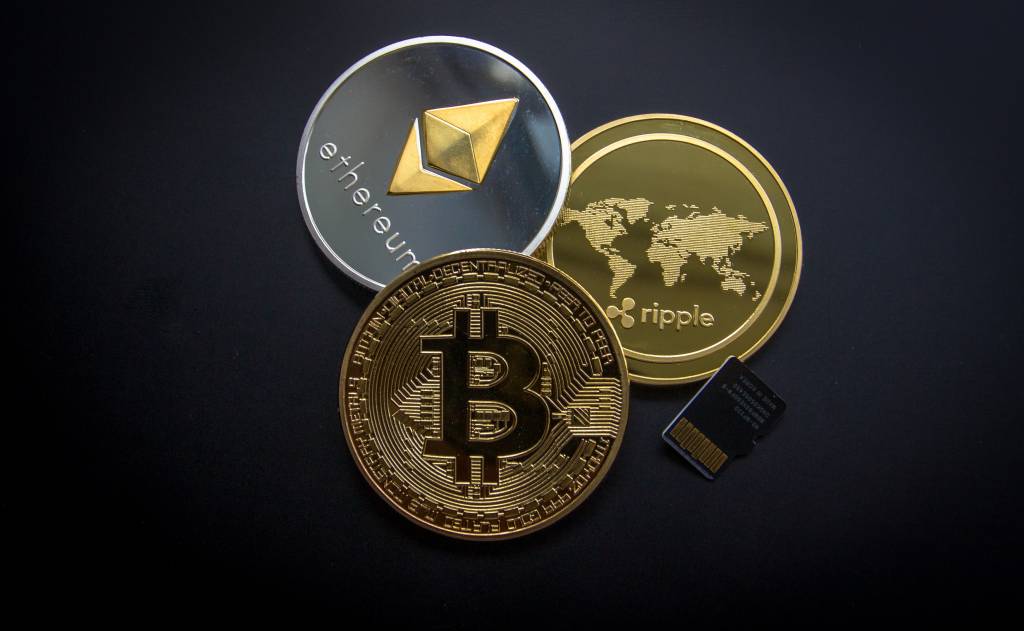Navigating the Trading World: Expert Insights for Newbies
- by Mike Groenen
- 2023-03-02
- 2859 views
- Reading time: 5 minutes

A cryptocurrency is a digital currency intended to facilitate instant transactions between two parties. No central party is involved in this.
No central party is involved in this, in contrast to the current financial system in which banks have a controlling function. Cryptocurrencies allow transactions to take place without the need for bank or authority checks. This is made possible by blockchain, a technology in which transactions are encrypted and then verified using cryptographic techniques. In other words, the transaction is checked against a neutral mathematical formula, rather than by a banker.
The history of cryptocurrency
The story of cryptocurrencies began in 2008, when a programmer /collective/ under the pseudonym Satoshi Nakamoto published the Bitcoin White Paper. It introduced a system for direct (“peer-to-peer”) transactions, without the intervention of a central authority. To make this possible, Satoshi devised a cryptographic system that allows users to check each other's transactions in exchange for a reward. This system is called “Proof-of-Work”, where users invest their computing power to mine new coins. This provides the necessary power for the network to function properly. (Want to know more about Proof-of-Work and Bitcoin mining? Check out the Bitcoin page here)
Bitcoin (BTC) was thus the first cryptocurrency and became an example for thousands of new cryptocurrencies, which were based to a greater or lesser extent on Satoshi's concept. Many of those so-called altcoins want to be a better version of BTC, and others are trying to carve out a specific niche within the financial market.
Unlike traditional fiat money (such as dollars and euros), cryptocurrencies do not exist in a physical sense. Fiat currencies have bills and coins that are used to complete transactions. Cryptocurrencies are therefore always digital currencies of which no physical version is available. Where people have paid with tangible money for thousands of years, cryptocurrencies make it possible to arrange all transactions digitally. And there is an even bigger difference with traditional systems: the blockchain. This technology makes it possible to send transactions safely and reliably without a central institution. How? We will explain that to you below.
What is a Blockchain?
A blockchain is a digital software model in which blocks of transaction data are added to a 'chain'. With each block, the chain is extended and updated. Blockchains have no central servers or authorities, but instead use the computing power of many different computers to verify those blocks of data. This allows a blockchain to spread across thousands of different computers that are far apart. As a result, no one can pull the plug on a blockchain, and no one can modify or delete the data on the ledger. Those decentralized properties are the main reason why cryptocurrencies are so very different from fiat money.
If the transaction is approved, it is completed, and then registered and stored in the digital ledger. This ledger is known in the crypto world as the ledger. All transactions that have ever taken place on the blockchain are listed on it. Simply put, the blockchain is a constantly growing list of transactions involving a digital currency.
Objections to cryptocurrencies
Although blockchain and cryptocurrencies are a promising technology for many industries, there are also many people who are critical of cryptos and Bitcoin in particular. Here we discuss some of those objections.
As mentioned, cryptocurrencies are fundamentally different from fiat currencies. A cryptocurrency has no physical counterpart and no longer uses a bank to authorize transactions. This in itself is an objection for some: according to them, banks are necessary to keep the economy going. If banks can no longer oversee which transactions are taking place, this is dangerous for economic development. In that case, criminals and fraudsters can go about their business undisturbed, according to their argument.
This sentiment, which is still commonplace in 2020, especially among institutions, companies and governments, was partly caused by one of the first large-scale use cases of Bitcoin. In the early years of BTC, it was used on the online platform called 'Silk Road', an illegal online marketplace for drugs and other illicit products. On Silk Road, customers could easily pay with Bitcoin, which was very suitable for the site due to its anonymous properties. When the site was busted in 2013 (after intensive investigation by the US FBI) and the founder arrested, the authorities found more than 50,000 BTC in Silk Road's possession.
The creator of the site is called Ross William Ulbricht, and was known on Silk Road itself under the pseudonym “Dread Pirate Roberts”. He was sentenced to life imprisonment by the US government for running the professionally organized drug market, which had been online for years. Silk Road's story was widely covered in the media, and the use of Bitcoin in particular sparked interest. What was this anonymous coin that people used to buy drugs online? And why hadn't the government noticed it sooner? Partly due to Silk Road, the focus with regard to Bitcoin came to be on its anonymous properties, which many believed were dangerous to society. It is “a dream for criminals,” the media reported. While Silk Road proves that crypto can be useful for those looking to procure illicit drugs, this argument may not be as strong as the vast majority of drugs and weapons traded are still paid for in cash. A banknote is at least as anonymous in that transaction as a Bitcoin address.




